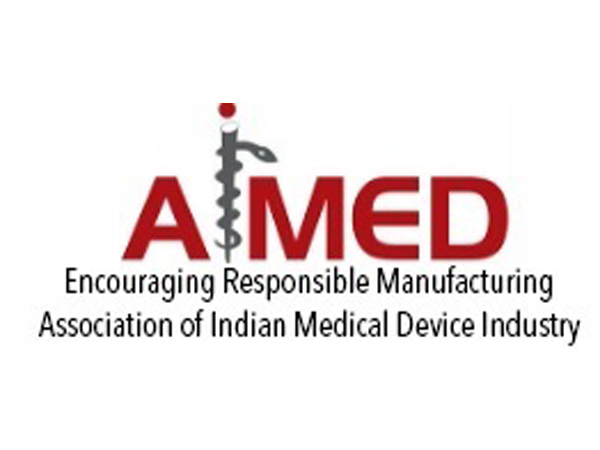Shifting Sands: Navigating Tariff Challenges in the U.S.-Indian Medical Device Trade
The U.S. imposes a 27% tariff on Indian medical goods, challenging India's export sector. Despite India's price advantage over China, non-tariff barriers like FDA approval costs loom larger. Industry leaders urge the Indian government to bolster domestic manufacturing and seek balanced trade policies to strengthen global competitiveness.

- Country:
- India
As U.S. President Donald Trump enforces a 27 percent tariff on Indian goods, a significant tariff war emerges, impacting India's medical device sector. According to Rajiv Nath, Forum Coordinator of AiMeD, there's a strategic need to explore opportunities as the U.S. seeks to diversify its supply chain dependencies.
The medical device trade between the U.S. and India faces crucial tests. "Reciprocal tariffs on Indian exports may challenge our sector's growth," Nath warns, noting India's historical role as a supplier of affordable, quality consumables. The new tariff could hamper export growth, with 2023-24 figures showing exports at $714.38 million against imports of $1,519.94 million from the U.S.
Himanshu Baid, MD of Polymedicure, notes the U.S. tariffs on India are lower compared to the 34 percent on China, potentially giving India a minor edge. Yet, he emphasizes that non-tariff barriers, such as high FDA approval costs, pose a more significant challenge. Baid calls for addressing these through bilateral collaboration urgently.
Nath reiterates PM Modi's call for healthcare security, urging bolstered domestic manufacturing to reduce foreign dependency. The need for bilateral negotiation support is crucial for India to remain competitive globally. AiMeD emphasizes cooperative trade practices to handle both tariff and non-tariff barriers in the industry.
(With inputs from agencies.)










